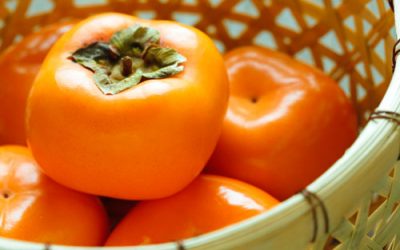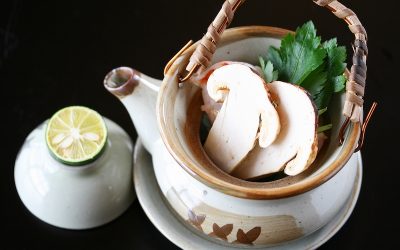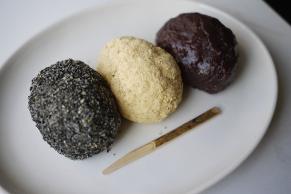
Kitchen Culture Cooking Club
EXPLORE and PRACTICE Japanese cooking in your own kitchenAbout Kitchen Culture Cooking Club
Welcome to the Kitchen Culture Cooking Club, a community space providing encouragement to those who want to EXPLORE and PRACTICE Japan’s washoku wisdom in their own kitchens.
To facilitate this, themed projects will be posted to this page periodically. Project Assignments and links to relevant reference material stored on this site will be posted to this page. Anyone, anywhere in the world, with a sincere interest in Japanese food culture is welcome to browse the contents of this page and then replicate the themed project in their own kitchen.
For those who wish to display-and-discuss their projects with like-minded people, I invite you to join the KITCHEN CULTURE Cooking Club Facebook Group (formerly the TSUDOI Project), an interactive community space.
PROJECT Red Foods and Tableware
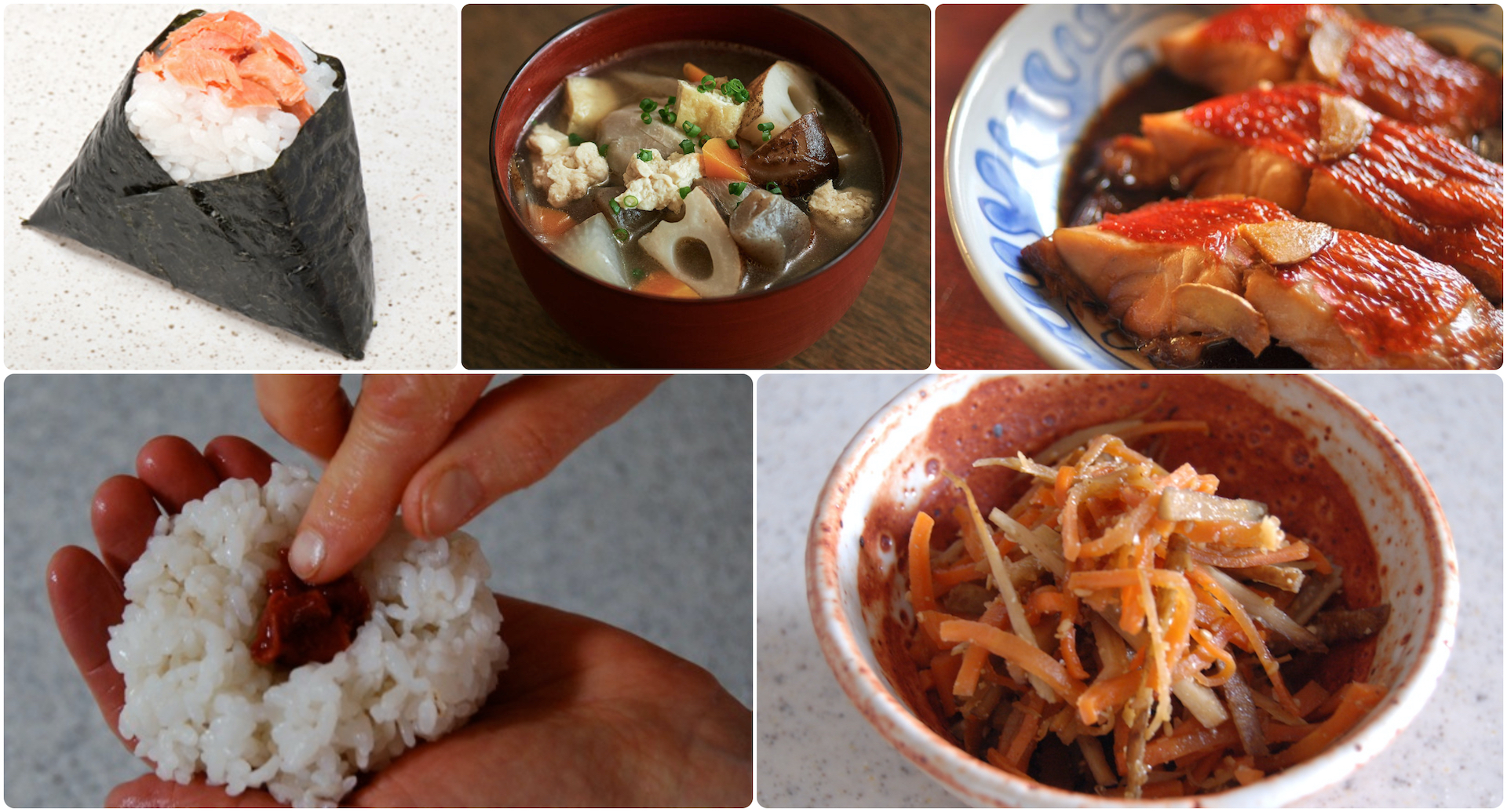
Recipes for Red Foods
Generations of Japanese have been well nourished daily by modest meals following a simple pattern: soup, rice, and a few other dishes. This easy-to-compose menu model called ichi jū san sai (一汁三菜 ) that satisfies hunger while fulfilling nutritional needs. The soup provides hydration and becomes a vehicle for delivering many water soluble nutrients (vitamins, minerals). Rice and other grains supply energy-giving carbohydrates and feeling-full fiber. The few other dishes balance out whatever essential elements might be missing from the broth and rice.
For centuries, Japan’s indigenous food culture, washoku, has recognized the importance of crafting menus that are mindful of color, flavor, and method of preparation. The phrase goshiki, gomi, gohō (5 five colors, five flavors, 5 ways) describes this notion. Why is this beneficial? The pigmentation of a food is a roadmap to its nutritional value: consuming colorful foods ensures nutritional balance. Colorful foods provide visual interest, too, making the meal more appealing.
Red foods are especially rich in polyphenols and beta-carotene — antioxidants that protect against cell damage, promote healing and boost overall health. Here are just a few suggestions for incorporating red foods in your daily mealtime routine.
Gingery Soy-Stewed Red Snapper
Omusubi/Onigiri Rice bundles stuffed with pickled plums or seasoned salmon flakes.
A chunk vegetable and tōfu chowder called Kenchin-Jiru
Spicy saute of vegetables called kimpira
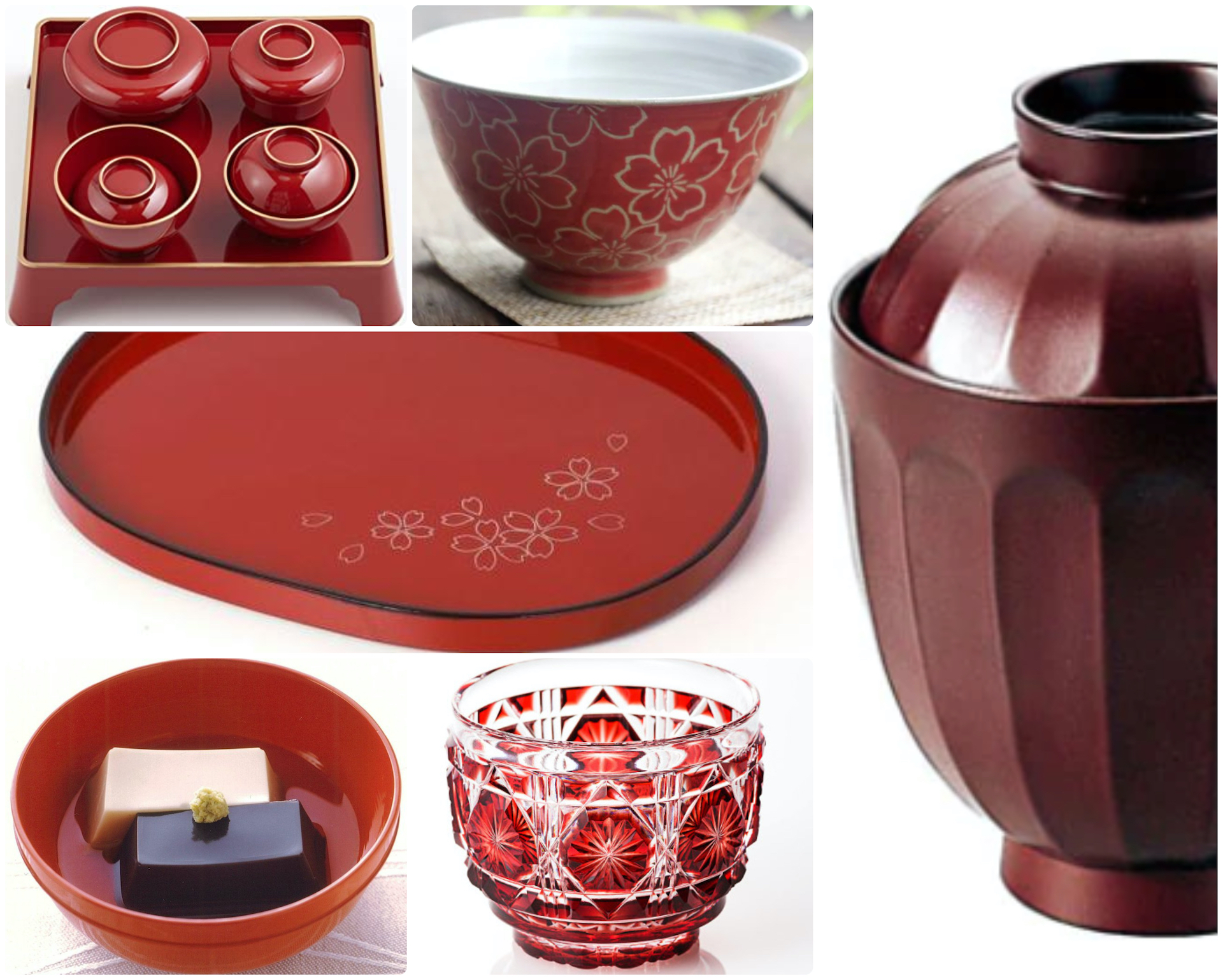
Tableware in Shades of Red
RED tableware — lacquer, glass, ceramic — conveys a celebratory mood at the Japanese table, whether a ceremonial event or taking pleasure in the passage of the seasons.
Clockwise from upper left: a (shu 朱) red lacquered set of serving dishes used to celebrate a newborn’s 100th day; ceramic teacup with cherry blossom motif, Hasami yaki kiln ware from Nagasaki (波佐見焼き長崎); a (akané) red lantern-shaped soup bowl with lid; exquisitely crafted (akai) red Edo kiriko cut-glass tumbler; (shu 朱) red lacquer bowl with white and black goma-dōfu garnished with wasabi; a red lacquered oval tray with cherry blossom motif.
Visit Kitchen Culture Many Shades of Red
My March 2023 NEWSLETTER is about Many Shades of Red.
Recipes and Resources
Stock (Dashi)
Dashi stock is essential to making soups and simmered or stewed dishes. Dashi is also used when making many egg dishes and all sorts of sauces, dips and dressings. Using good dashi will make a noticeable difference in the outcome of so many dishes you prepare.
Click to download recipes for (vegan) Kelp Alone Stock or Standard Sea Stock + Smoky Sea Stock
How to Cook Rice
In Japanese, the word for cooked rice, ご飯 GOHAN, is the same as the word for a meal, ご飯 GOHAN. Indeed rice is central to the meal. Download the Rice with Mixed Grains recipe.
How to Prepare Sushi Rice
Sushi dishes are made with rice that has been seasoned (with sweetened vinegar) AFTER being cooked. Download the Classic Sushi Rice recipe.
Quick Pickles
The Japanese enjoy a wide variety of tsukémono pickles, many can be assembled quickly and are ready to eat within a short time.
Download a recipe for Quick-Fix Hakusai Cabbage.
3-Colored Turnip Flowers
3-Colored Turnip Flowers 三色花蕪Sanshoku Hana Kabu Emblematic of Japan and its culture, chrysanthemums appear in many guises: as the exalted Imperial household crest (a special, layered 16-petal design), the “official” stamp of the Japanese government (passport cover),...
Persimmon Power
Fresh kaki persimmons “Kaki ga akaku naru to isha ga aoku naru” (as persimmons turn to orange, doctors turn green) is a Japanese saying similar to the American “an apple a day keeps the doctor away.” This adage attests to the powerhouse of nutrients found in ripe...
Dobin Mushi
There are 4 parts to a dobin: the pot in which morsels of food are placed (these typically have a handle hooked into place), a saucer, a lid for the pot, and a small choko cup that sits perched on top. The flavorful broth produced during steam-poaching is drunk from...
Ohagi & Botamochi
Top row from left: kuro goma (black sesame), kuromai (black rice), umé (plum), shiro adzuki (white beans). Bottom row, from left: kinako (toasted soy flour), ao nori (green sea herb) zunda (édamamé fresh green soybeans), adzuki (red beans).Special Seasonal Sweets:...


